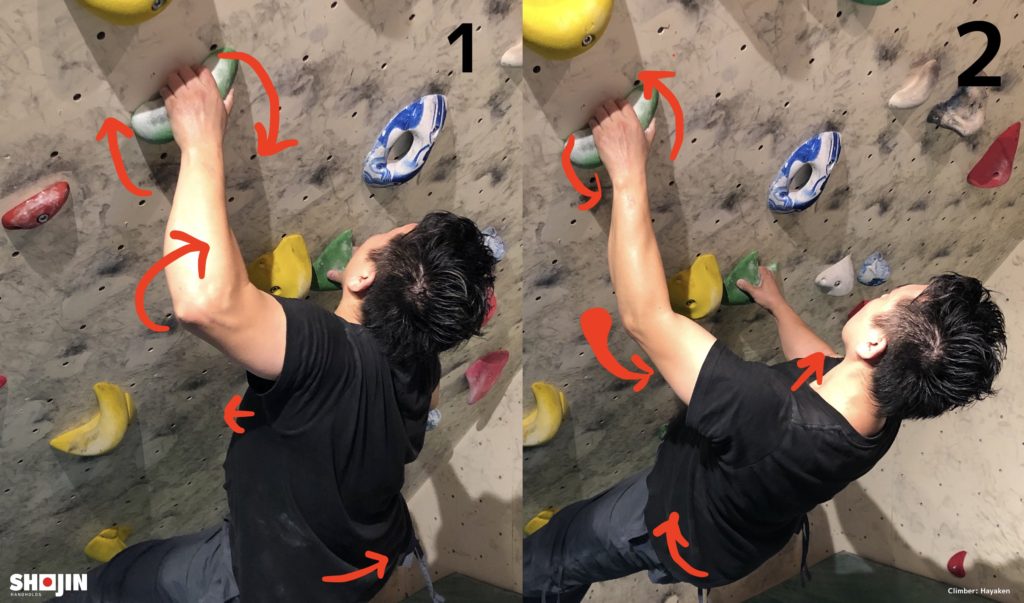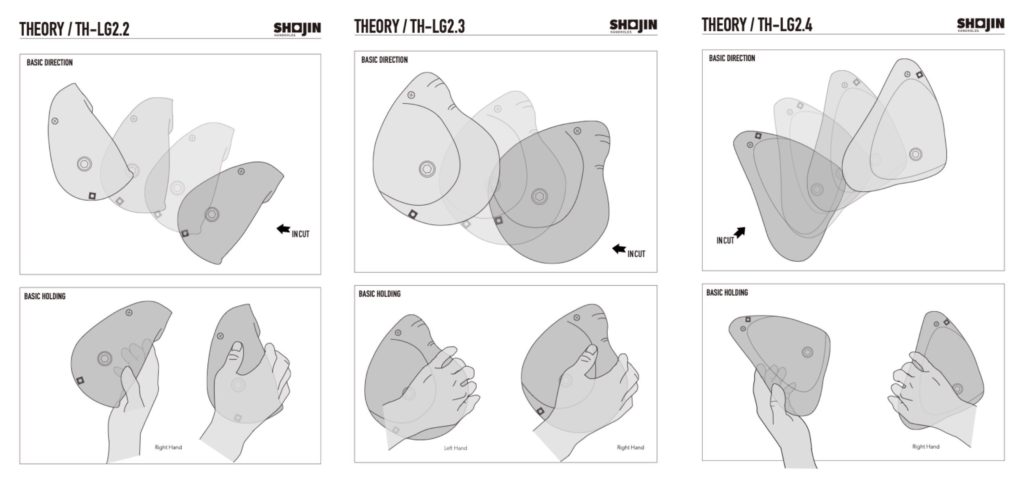“守りつくして 破るとも 離るるとても 本を忘るな”
“Follow the basics thoroughly, and don’t forget the original, even if you break or go away from your basics.”
These are the words of Sen no Rikyu, who changed the culture of Japan. Those who train according to the basics and master KATA(form) will be able to “break” the existing the form by comparing themselves with other styles and studying them to find and try out the form that they think is better for them. To seek individuality and originality without mastering the basic form is to be considered “unformed”.
Wikipedia
A kata is a certain action or gesture and is a module of basics. The ‘kata’ can also be paraphrased as ‘basic’. A route setting without basics is not free, but rather a random shot, a wild guess.
Mission of Shojinholds
To make sure that every route setter in the world knows the basics of how to use a hold. To make them aware of how it affects the attitude of the climber and how it shapes the future of the climber and why.
To avoid the “bad posture” inducing moves we talked about in Think Deeply #3, the fastest and most efficient solution is to first know the holds. Forget about training, forget about physical function, and all the other stuff, let’s start with the holds.
What can we learn from the hold?
First, imagine a typical collapsed form: climbing form with the elbow open outward.
There are many things that can be fixed, but a major factor is the way we hold.
This form is likely caused by holding the grip from the index finger. The force concentrated in the index finger causes the wrist to rotate internally and, as a result, the elbow to open up (1 / left side of the picture).

Conversely, if you hold from the little finger to the tapered end of the hold, pinky – ring finger – middle finger, and then firmly apply force in sequence, the elbow will turn inward and the force from the abdomen can also be harnessed. The chest tenses up and the chin is drawn back. You are able to effectively use the power of your core to stabilize your form, and your body is ready to extend properly. (2 right side)
Just the way you manipulate your holding force can make a surprisingly big difference in your form. It’s not just because “each person has their own way of holding”.
It is obvious that there is a very strong connection between this factor and the choice of holds. The way you choose a hold can change the way of a climber’s skill improve and his or her future.
Now try grasping your hand. As you apply pressure to your entire arm from your index finger, your wrist will begin to rotate inward slightly. Next, feel your shoulders rise and then your elbows open with it. Put pressure on the little finger side and you’ll get the opposite movement. For evidence of finger-muscle coordination, you may want to refer to martial arts and racquet competitions.
The basic skill can only be acquired by certain limitations
Each hold has its own ideal direction of force, what shape your fingers will be in when you grip it, where you can easily apply force, and each hold has its own unique characteristics. If you don’t understand and learn it, you will never have a good route that will develop the climber.
You need to learn the characteristics of the holds and understand, through practice, in your head and body what parts work and what kind of movement they encourage. The only way to do this is to practice route setting while limiting yourself to attaching the holds in their basic orientation.
However, there are a few holds that are shaped differently than the Theory series. If there is someone around who can quickly give you a clear answer on which direction to put the holds on, it’s not a problem, but most of the time that may not be the case.
Shojinholds allows you to learn the basics and depth of holding on your own. It allows you to learn basic, pinky-driven holding in a sensible way.

That is why Shojinholds is a teaching tool. Once you learn the basics of holding, you will be able to choose the holds you want. You can control your footwork, guide your form, and tweak your distance according to your height. It all depends on your ability to choose the best hold, and your basic skills and knowledge can be applied to any challenge, from competitions and events to beginners and experts.
With your free and imaginative route setting, you will help many climbers to improve in their daily practice without injury and with grace, yet with a sense of accomplishment.
